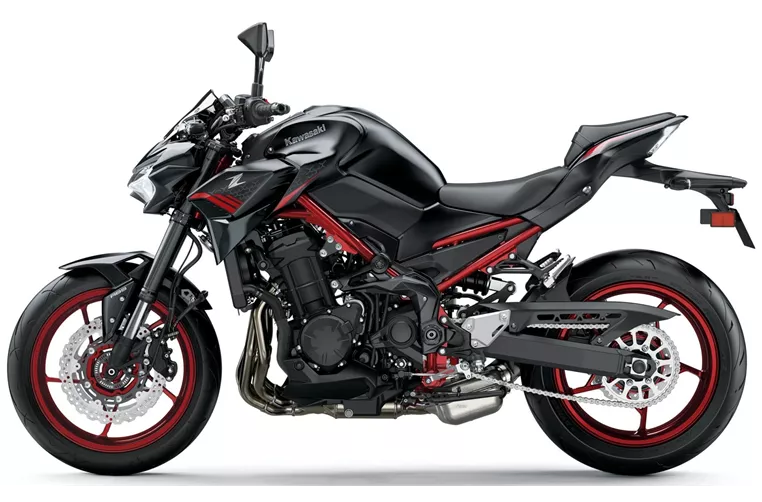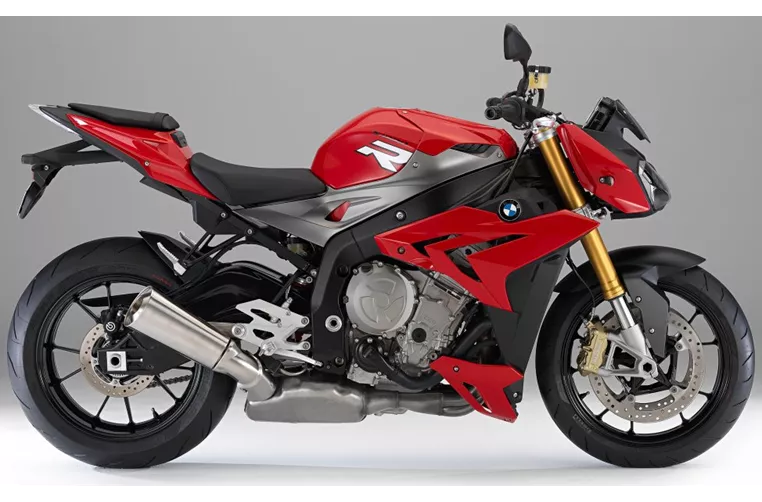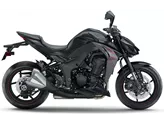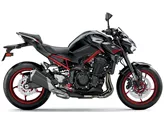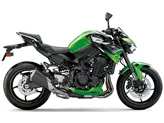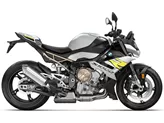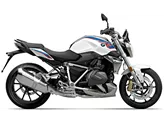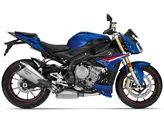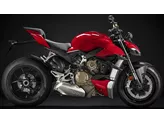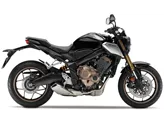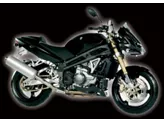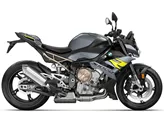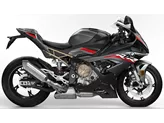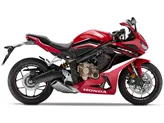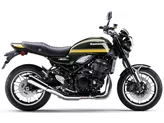Kawasaki Z900 2021 vs. BMW S 1000 R 2016
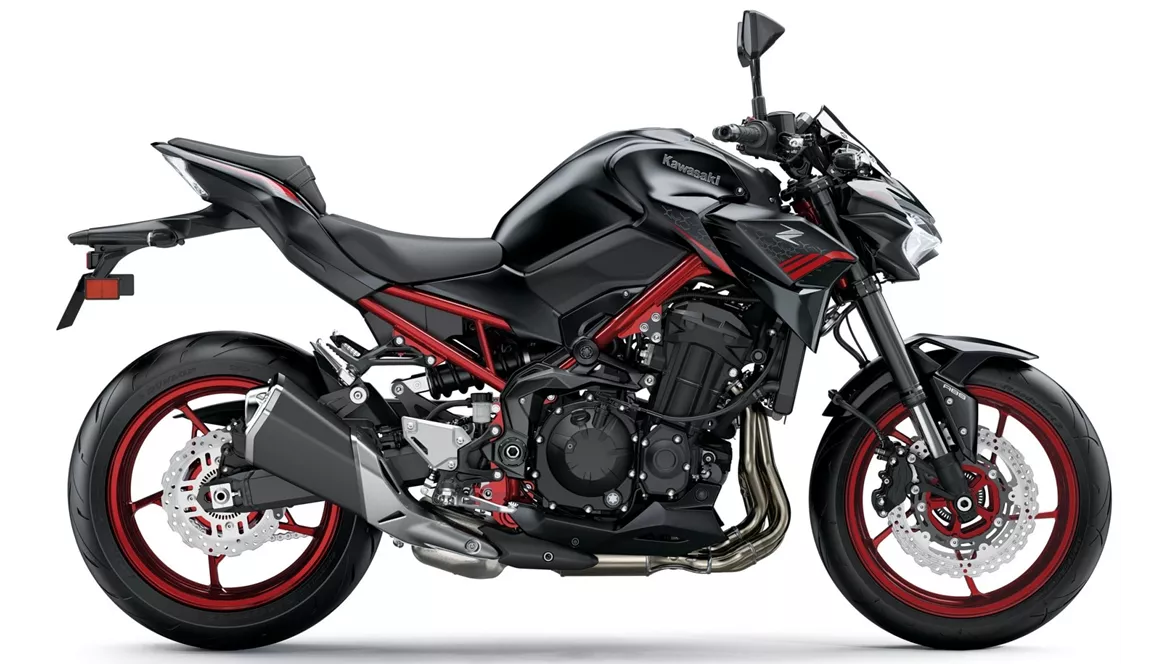
Kawasaki Z900 2021
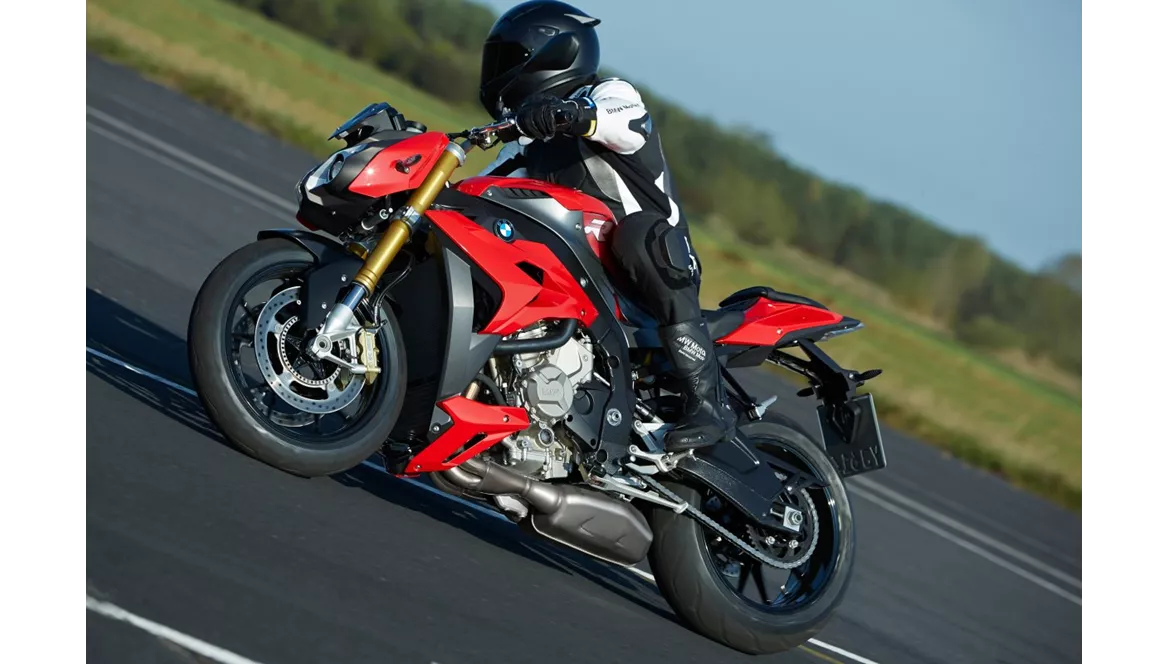
BMW S 1000 R 2016
Pregled - Kawasaki Z900 2021 vs BMW S 1000 R 2016
The Kawasaki Z900 2021 and the BMW S 1000 R 2016 are both naked bikes with similar engine types, inline four-cylinder engines. However, there are several differences between the two models.
In terms of engine power, the BMW S 1000 R 2016 has a higher output with 160 HP compared to the Kawasaki Z900 2021's 125.4 HP. The BMW also has a higher torque of 112 Nm, while the Z900 has a torque of 98.6 Nm. This means that the BMW offers more power and torque, providing a more exhilarating riding experience.
Both bikes have four cylinders and a displacement of around 1000 cc, which contributes to their strong performance. However, the BMW has a slightly larger displacement of 999 cc compared to the Z900's 948 cc.
In terms of suspension, both bikes feature upside-down telescopic forks in the front and a swing arm with a monoshock in the rear. This setup provides good stability and handling for both models.
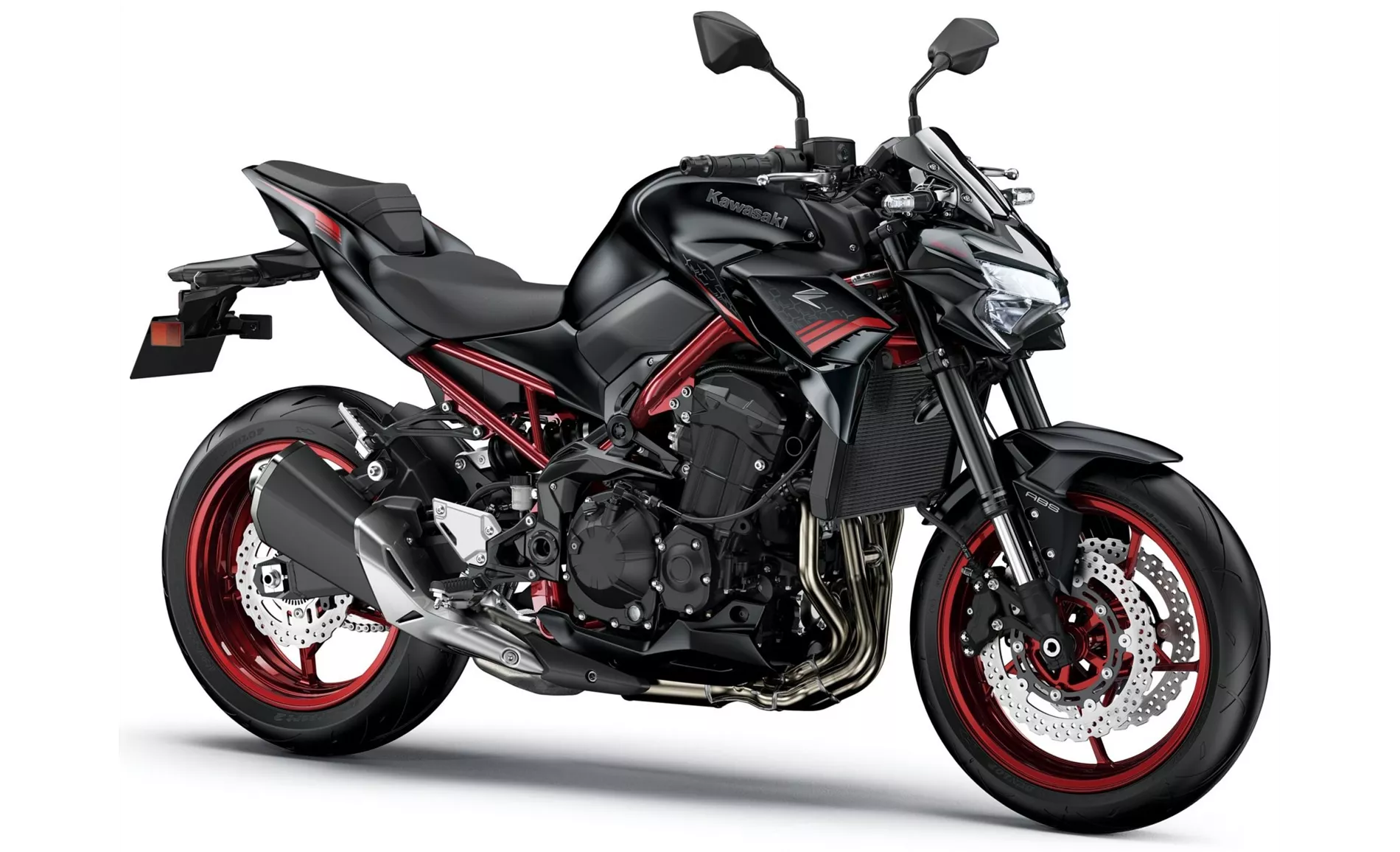
Kawasaki Z900 2021
The chassis of the Kawasaki Z900 2021 is made of steel, while the BMW S 1000 R 2016 has an aluminum frame. The aluminum frame of the BMW is lighter and offers better rigidity, contributing to improved handling and maneuverability.
Both bikes have double disc brakes in the front with four-piston calipers. However, the BMW's front brakes feature radial technology, which provides better braking performance and control.
In terms of rider assistance systems, the Kawasaki Z900 2021 offers ABS, riding modes, ride by wire, and traction control. The BMW S 1000 R 2016, on the other hand, features dynamic suspension as an advanced rider assistance system. This system adjusts the suspension settings based on the riding conditions, providing a more comfortable and controlled ride.
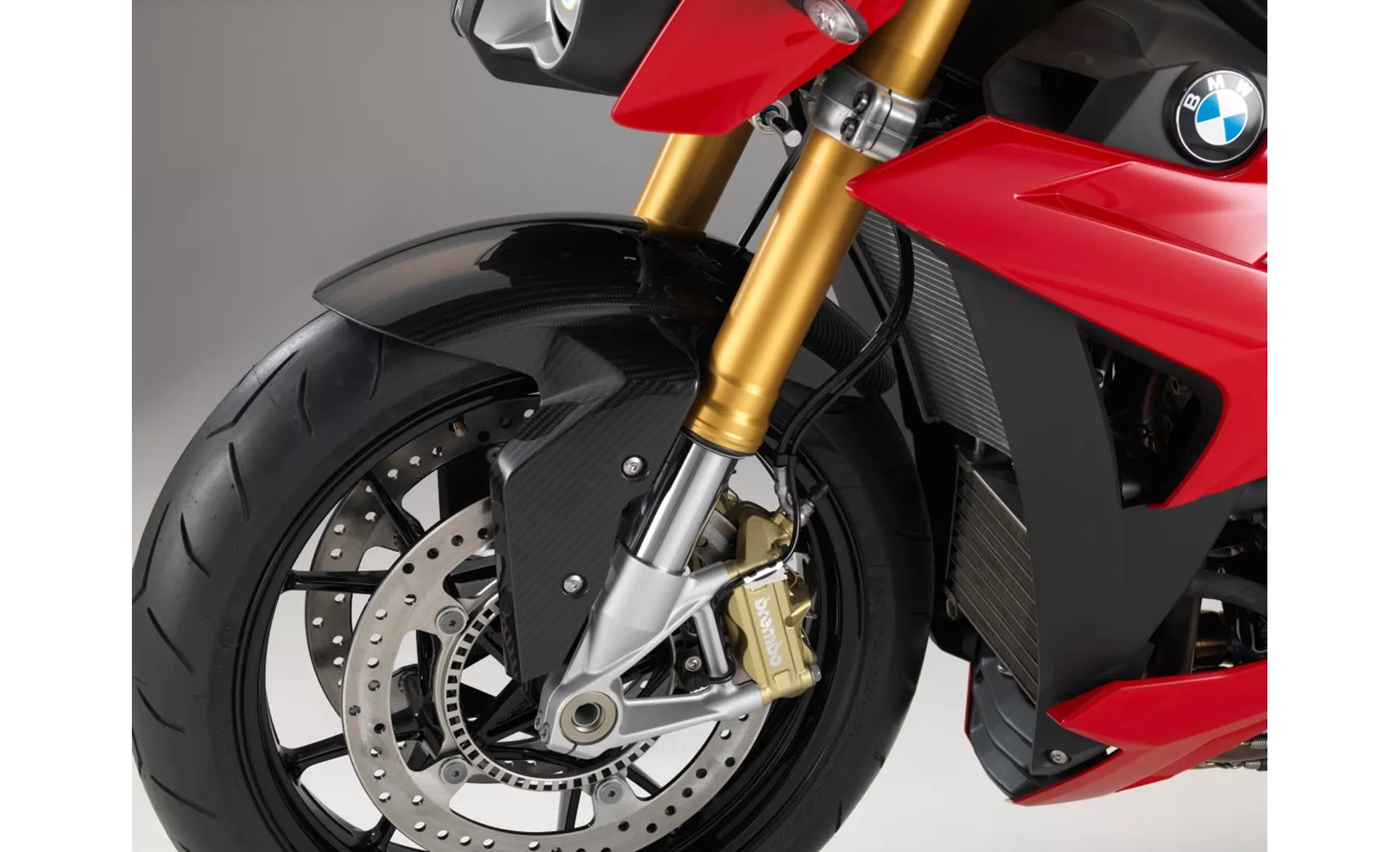
BMW S 1000 R 2016
In terms of dimensions and weights, both bikes have similar front and rear tire widths and diameters. The Kawasaki Z900 2021 has a slightly longer wheelbase of 1450 mm compared to the BMW S 1000 R 2016's 1439 mm. The seat height of the BMW is also slightly higher at 814 mm compared to the Z900's 795 mm. However, the BMW is slightly lighter with a kerb weight of 207 kg compared to the Z900's 210 kg.
In terms of strengths, the Kawasaki Z900 2021 is praised for its powerful four-cylinder engine, intuitive handling, good equipment, aggressive looks, and value for money. On the other hand, the BMW S 1000 R 2016 is known for its powerful and well-controllable engine, powerful braking system, and comfortable seating position.
In terms of weaknesses, the Kawasaki Z900 2021 lacks a quickshifter option and faces competition from other bikes that have a 6-axis IMU, which provides advanced electronic features. The BMW S 1000 R 2016, on the other hand, has expensive optional extras and a hard chassis, which may impact comfort on rough roads.
Overall, both the Kawasaki Z900 2021 and the BMW S 1000 R 2016 are powerful and capable naked bikes, but they have differences in terms of engine power, frame material, rider assistance systems, and overall riding experience.
Tehnične specifikacije Kawasaki Z900 2021 v primerjavi z BMW S 1000 R 2016
Primerjava prednosti in slabosti
Primerjava prednosti in slabosti
Kawasaki Z900 2021
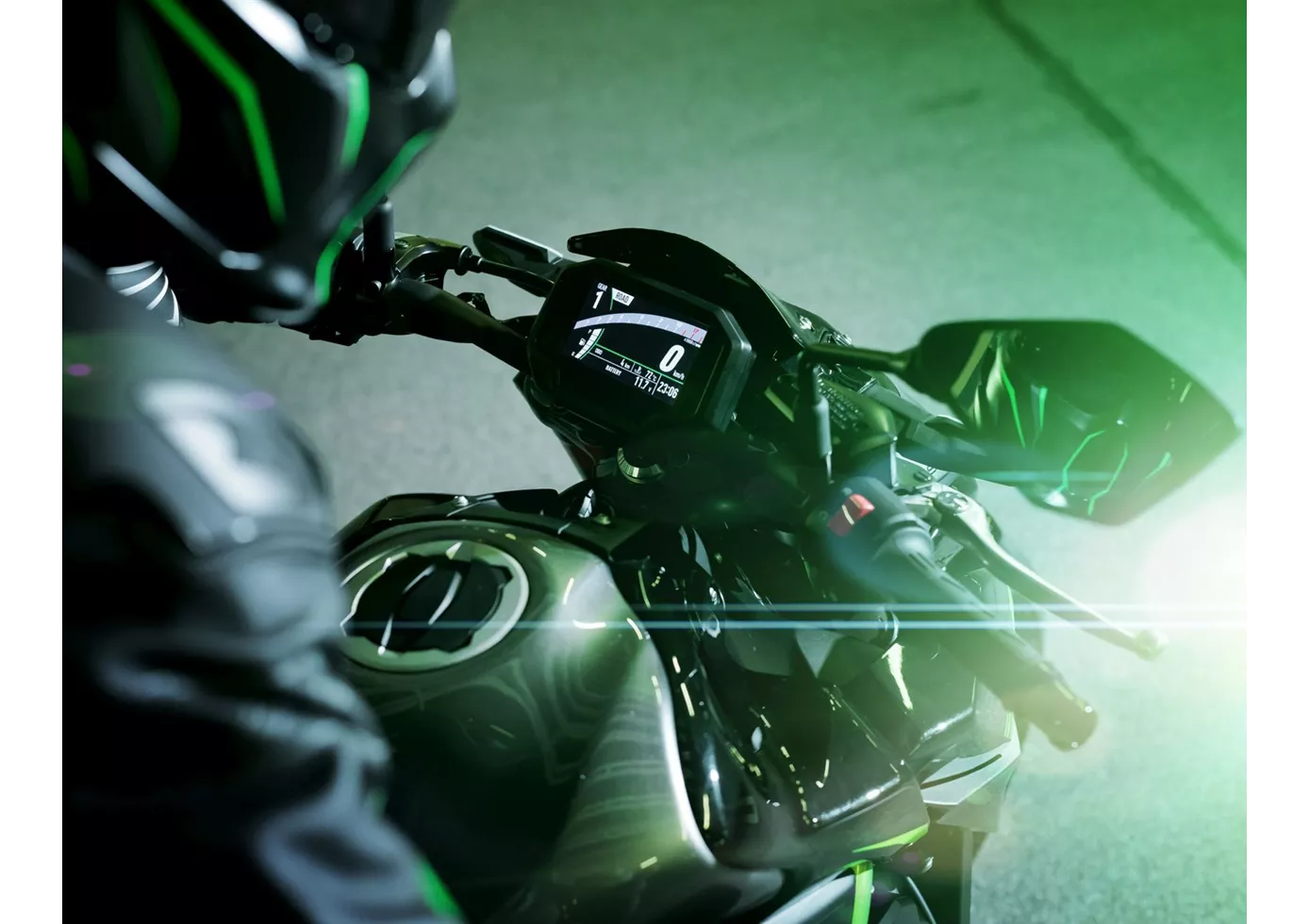
In terms of price-performance, the Kawasaki Z900 is hard to beat at the moment. With the perfectly tuned engine, the high-quality chassis components and the electronics added for 2020, this naked bike offers everything that sporty riders will be looking for. There is really nothing to complain about, except for the lack of a quickshifter option.
BMW S 1000 R 2016
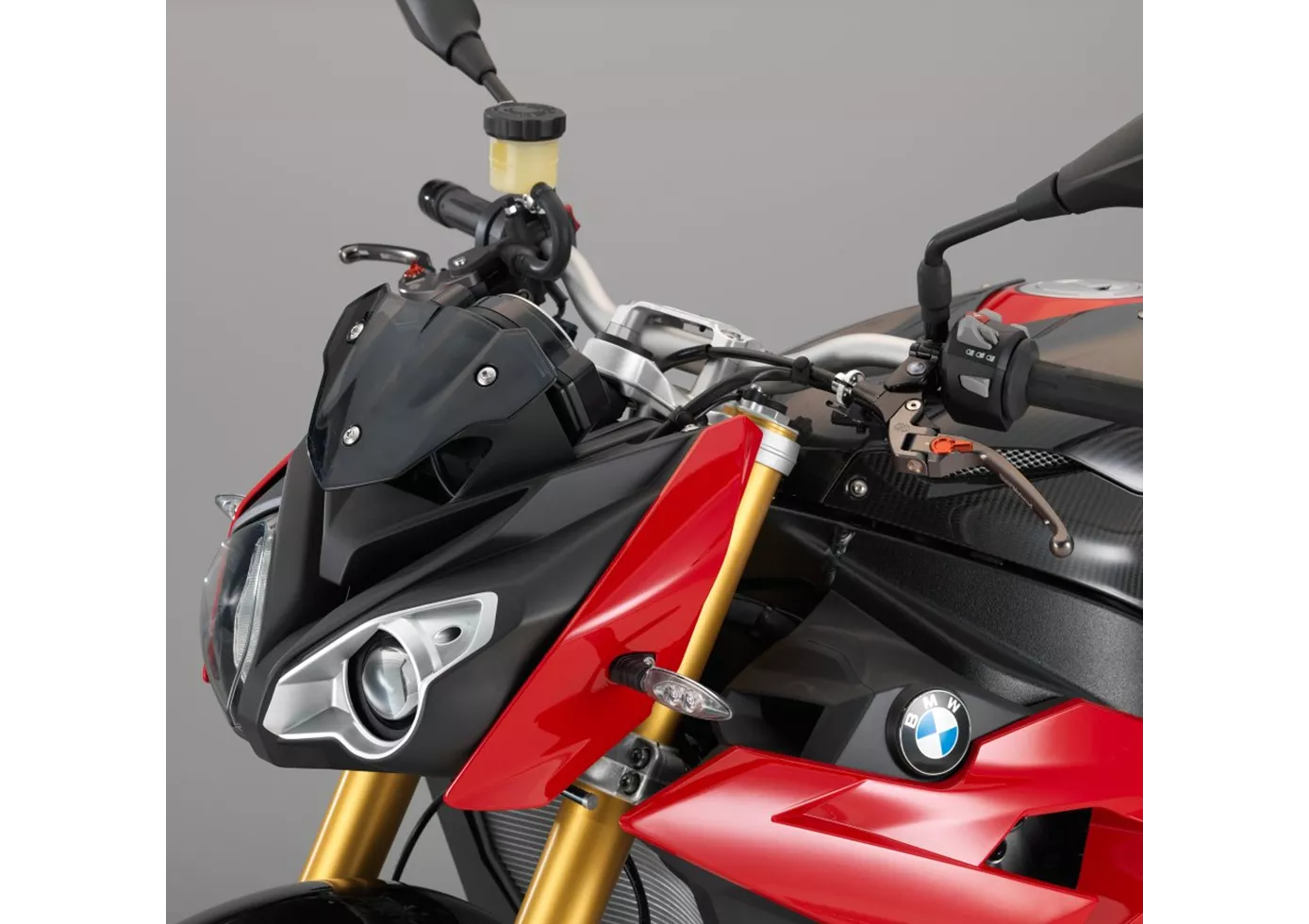
With the BMW S 1000 R, you notice both the close relationship to the S 1000 RR superbike and the endeavour to equip the machine with a high degree of comfort for country roads and everyday use. Accordingly, the 1000cc four-cylinder power unit is brute and yet easily controllable, and the seating position is correspondingly sporty and comfortable. The fact that the S 1000 R is one of the most affordable power naked bikes is surprising and very pleasing, although one must not get hold of the list of optional extras - because thanks to the many irresistible features, it will certainly be more expensive.
Primerjava povprečnih tržnih cen Kawasaki Z900 vs BMW S 1000 R
There are a few key differences between a Kawasaki Z900 2021 and a BMW S 1000 R 2016. In terms of price, the actual average price of a BMW S 1000 R 2016 is about 29% higher. Compared to BMW S 1000 R 2016 there are more Kawasaki Z900 2021 bikes available on the 1000PS.de Marketplace, specifically 33 compared to 10. It takes less time to sell a BMW S 1000 R with 69 days compared to 107 days for the Kawasaki Z900. Since model year 2017 1000PS.de editors have written 46 reviews for the Kawasaki Z900 and 62 reviews for the BMW S 1000 R since model year 2014. The first review for the Kawasaki Z900 was published on 11/11/2016 and now has more than 93,200 views. This compares to more than 17,300 views for the first review on BMW S 1000 R published on 11/3/2013.
